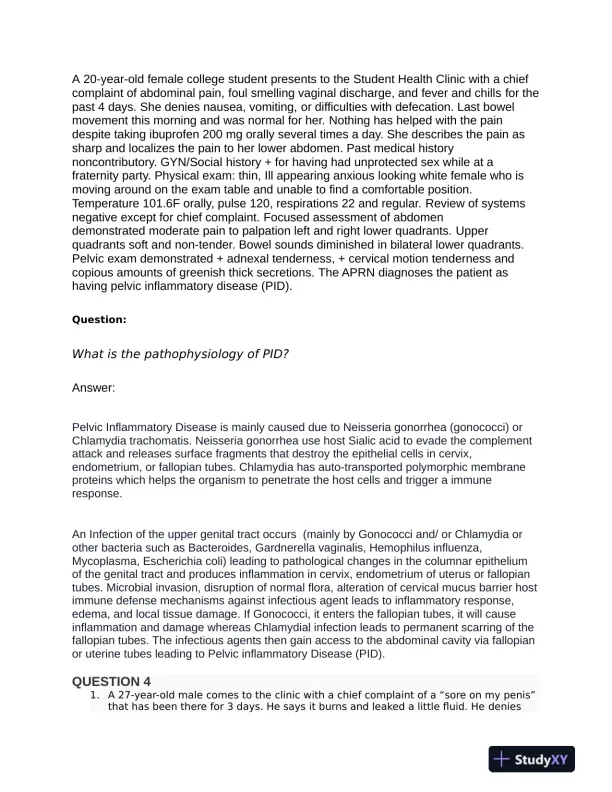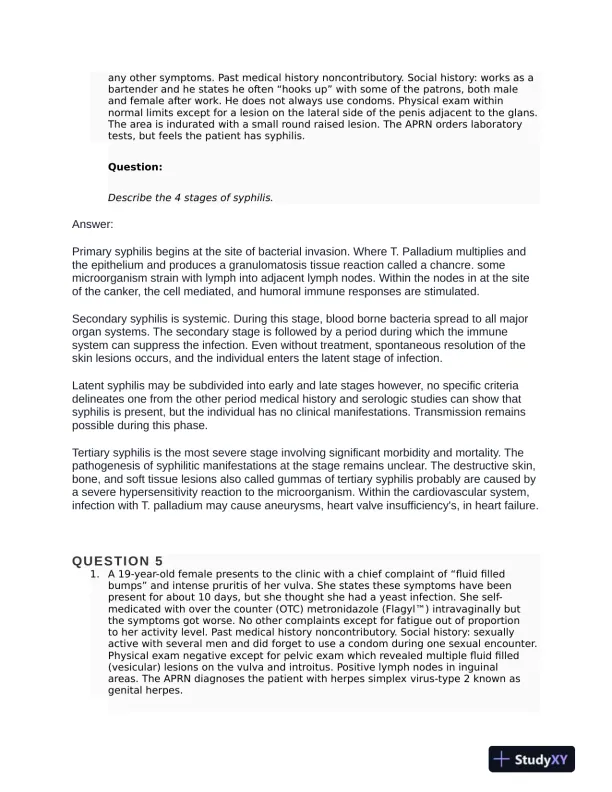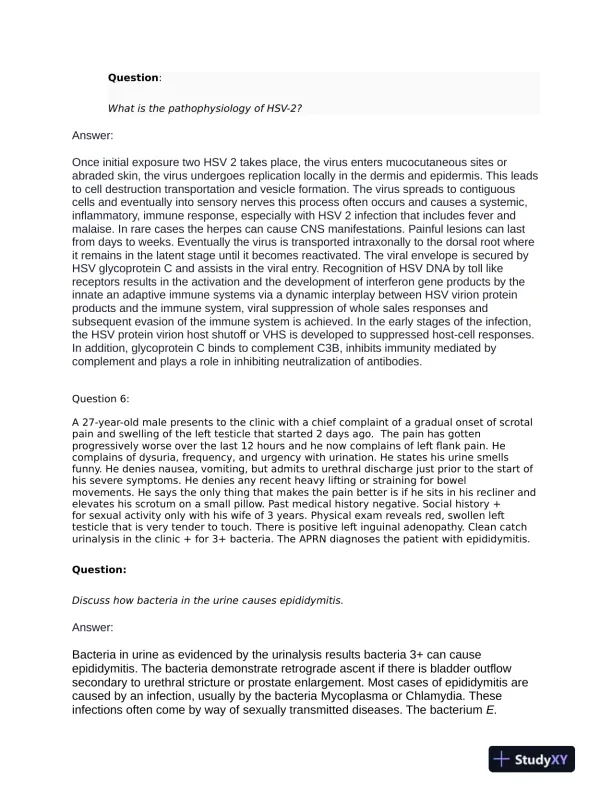Page 1

Loading page image...
Page 2

Loading page image...
Page 3

Loading page image...
Page 4

Loading page image...
Page 5

Loading page image...
NURS6501 Pathophysiology Week 7 With Answers provides an insight into real exam scenarios with past test papers.
Loading page image...
Loading page image...
Loading page image...
Loading page image...
Loading page image...
This document has 14 pages. Sign in to access the full document!